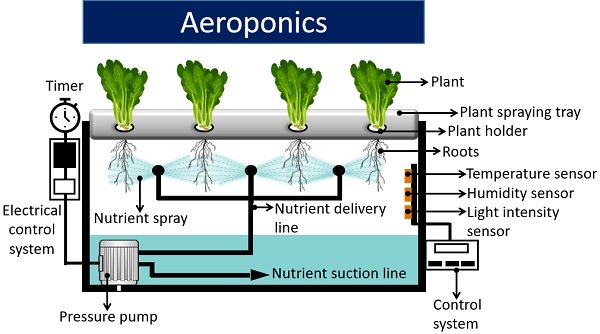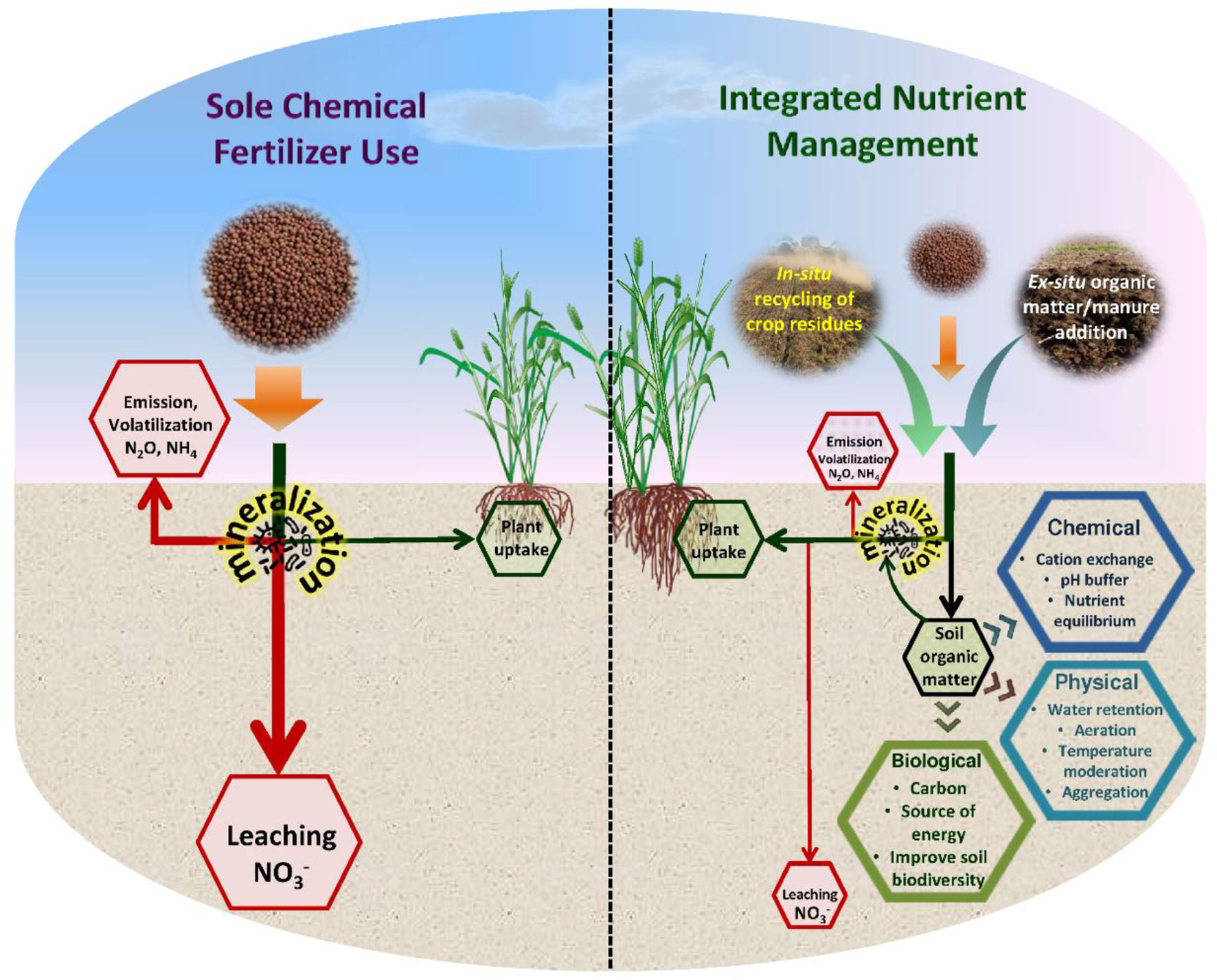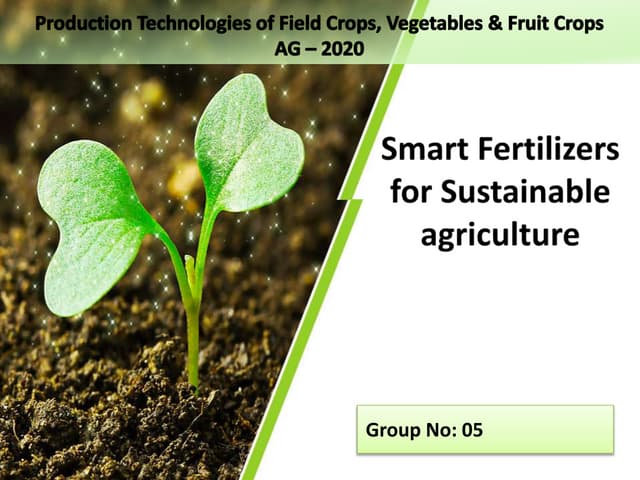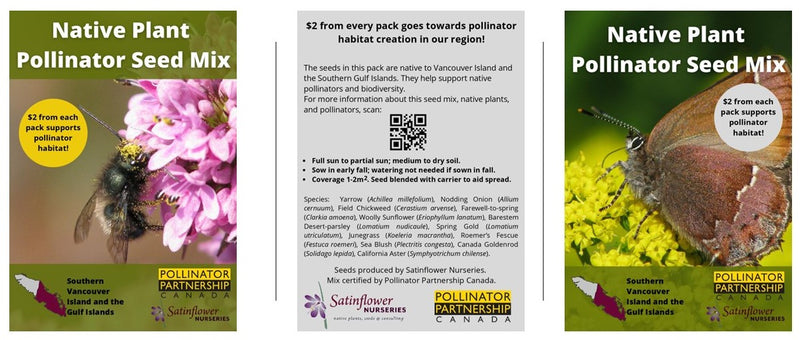
Introduction: The Rise of Aeroponics
In an era where sustainability and efficiency are paramount, the agricultural landscape is undergoing a dramatic transformation. Traditional farming methods, while time-honored, often fall short in addressing the pressing challenges of resource depletion, environmental impact, and the growing demand for fresh, nutritious food. Enter aeroponics – a revolutionary soilless cultivation technique that’s rapidly gaining traction as a viable and, in many ways, superior alternative. This comprehensive guide delves into the myriad aeroponic growing system benefits that are reshaping the future of agriculture.
Aeroponics, derived from the Greek words ‘aero’ (air) and ‘ponos’ (labor’), quite literally means ‘working in the air.’ Unlike conventional soil-based farming or even hydroponics (where roots are submerged in water), aeroponics suspends plant roots in the air and periodically sprays them with a nutrient-rich solution. This seemingly simple concept unlocks a cascade of advantages that extend far beyond mere crop production.
What Exactly Is an Aeroponic Growing System?
Before we dive into the benefits, let’s clarify what constitutes an aeroponic system. At its core, an aeroponic system comprises several key components:
- Plant Support Structure: This can range from simple foam inserts to elaborate net pots, providing physical support for the plants as they grow.
- Nutrient Reservoir: A container holding the nutrient solution that feeds the plants.
- Spray Nozzles or Emitters: These devices deliver the nutrient solution to the roots in the form of a fine mist.
- Timer: Controls the frequency and duration of the nutrient spraying cycles.
- Enclosure (Optional): Some systems utilize an enclosed environment to control temperature, humidity, and light.
The magic of aeroponics lies in the precise control it offers over the plant’s environment. By carefully adjusting the nutrient solution, spraying frequency, and environmental conditions, growers can optimize plant growth and maximize yields.
The Top 10 Aeroponic Growing System Benefits
Now, let’s explore the compelling reasons why aeroponics is revolutionizing agriculture:
1. Water Conservation: A Lifeline for Arid Regions
In a world grappling with water scarcity, aeroponics offers a beacon of hope. Compared to traditional agriculture, aeroponic systems can reduce water consumption by as much as 95%. This staggering reduction is achieved through several mechanisms:
- Recirculation: Unused nutrient solution is collected and recirculated back to the reservoir, minimizing waste.
- Targeted Delivery: Nutrients are delivered directly to the roots, eliminating water loss through evaporation or runoff.
- Optimized Absorption: The roots, exposed to air, absorb nutrients more efficiently, requiring less water overall.
Imagine the implications of this technology in arid and semi-arid regions, where water is a precious and often limited resource. Aeroponics could transform these areas into thriving agricultural hubs, ensuring food security for local populations.
2. Increased Yields: Bumper Crops in Less Space
Aeroponics is not just about saving water; it’s also about maximizing productivity. Studies have shown that aeroponic systems can increase crop yields by 2 to 3 times compared to traditional farming methods. This remarkable increase is attributed to:
- Optimized Root Zone: The roots, suspended in air, have unrestricted access to oxygen, which is crucial for nutrient uptake and overall plant health.
- Precise Nutrient Delivery: The nutrient solution is tailored to the specific needs of the plant, ensuring optimal growth.
- Disease Control: The absence of soil eliminates many soilborne diseases, reducing the need for pesticides and herbicides.
- Vertical Farming Potential: Aeroponic systems can be stacked vertically, maximizing space utilization and allowing for high-density crop production.
For urban areas with limited land availability, vertical aeroponic farms offer a sustainable solution for producing fresh, locally grown food.
3. Reduced Labor Costs: Automation and Efficiency
Traditional farming is labor-intensive, requiring significant manual effort for tasks such as planting, weeding, watering, and harvesting. Aeroponics, on the other hand, lends itself well to automation, significantly reducing labor costs. Key benefits include:
- Automated Nutrient Delivery: Timers and sensors can automate the nutrient spraying process, eliminating the need for manual watering.
- Reduced Weeding: The absence of soil eliminates weed growth, reducing the need for manual weeding or herbicides.
- Easier Harvesting: Plants are often grown at a convenient height, making harvesting easier and faster.
- Remote Monitoring: Sensors and software can monitor environmental conditions and nutrient levels remotely, allowing growers to manage their crops from anywhere.
This reduction in labor costs makes aeroponics an attractive option for both large-scale commercial farms and small-scale home growers.
4. Enhanced Nutrient Control: Precision Agriculture at Its Finest
Aeroponics provides unparalleled control over the nutrient solution, allowing growers to fine-tune the composition to meet the specific needs of each plant. This precision agriculture approach offers several advantages:
- Customized Nutrient Formulas: Growers can create custom nutrient formulas tailored to the specific needs of each crop, maximizing growth and yield.
- Precise Nutrient Delivery: Nutrients are delivered directly to the roots in the exact amounts needed, eliminating nutrient deficiencies or toxicities.
- Real-Time Adjustments: Sensors can monitor nutrient levels and pH in real-time, allowing growers to make immediate adjustments as needed.
- Reduced Fertilizer Use: The targeted delivery of nutrients minimizes fertilizer waste and reduces the risk of environmental pollution.
This level of control is simply not possible with traditional soil-based farming, where nutrient availability is often unpredictable and difficult to manage.
5. Faster Growth Rates: From Seed to Harvest in Record Time
Aeroponics can significantly accelerate plant growth rates, allowing growers to harvest crops in record time. This faster growth is due to:
- Optimized Root Zone: The roots, exposed to air, have unrestricted access to oxygen, which promotes rapid growth.
- Precise Nutrient Delivery: The nutrient solution is tailored to the specific needs of the plant, providing optimal nutrition for rapid growth.
- Controlled Environment: Aeroponic systems often utilize enclosed environments to control temperature, humidity, and light, further accelerating growth.
This faster growth rate translates to more crop cycles per year, increasing overall productivity and profitability.
6. Reduced Pesticide and Herbicide Use: A Healthier and More Sustainable Approach
The absence of soil in aeroponic systems eliminates many soilborne diseases and pests, reducing the need for pesticides and herbicides. This offers several benefits:
- Healthier Produce: Reduced pesticide and herbicide use results in healthier, more nutritious produce.
- Environmental Protection: Reduced chemical use protects the environment from pollution and contamination.
- Cost Savings: Reduced pesticide and herbicide use lowers input costs for growers.
- Increased Consumer Demand: Consumers are increasingly demanding pesticide-free produce, creating a market advantage for aeroponically grown crops.
Aeroponics aligns perfectly with the growing trend towards sustainable and organic agriculture.
7. Year-Round Crop Production: Defying the Seasons
Aeroponic systems can be set up indoors, allowing for year-round crop production regardless of the weather or season. This offers several advantages:
- Consistent Supply: Year-round production ensures a consistent supply of fresh produce, regardless of seasonal variations.
- Reduced Transportation Costs: Indoor farms can be located closer to consumers, reducing transportation costs and carbon emissions.
- Protection from Extreme Weather: Indoor environments protect crops from extreme weather events such as droughts, floods, and frosts.
- Increased Food Security: Year-round production enhances food security by ensuring a stable and reliable food supply.
This capability is particularly valuable in regions with harsh climates or limited growing seasons.
8. Space Efficiency: Maximizing Productivity in Limited Areas
Aeroponics is incredibly space-efficient, allowing growers to produce more crops in a smaller area compared to traditional farming methods. This space efficiency is achieved through:
- Vertical Farming: Aeroponic systems can be stacked vertically, maximizing space utilization.
- High-Density Planting: Plants can be grown closer together in aeroponic systems due to the optimized root zone environment.
- Elimination of Soil: The absence of soil eliminates the need for wide rows and large planting areas.
This space efficiency makes aeroponics ideal for urban farming, indoor agriculture, and other applications where land is limited.
9. Improved Product Quality: Superior Taste, Texture, and Nutrition
Aeroponically grown crops often exhibit improved product quality compared to conventionally grown crops. This is due to:
- Optimized Nutrient Delivery: The precise control over nutrient delivery results in healthier, more nutritious plants.
- Controlled Environment: The controlled environment minimizes stress on the plants, resulting in improved taste and texture.
- Reduced Pesticide Use: Reduced pesticide use results in healthier, more natural-tasting produce.
Consumers often report that aeroponically grown crops have a superior taste, texture, and overall quality.
10. Research and Development Opportunities: Pushing the Boundaries of Agriculture
Aeroponics is a relatively new technology, and there is still much to learn about its potential. This creates exciting opportunities for research and development in areas such as:
- Nutrient Optimization: Developing customized nutrient formulas for different crops.
- Environmental Control: Optimizing temperature, humidity, and light for specific plant species.
- Automation and Robotics: Developing automated systems for planting, harvesting, and monitoring.
- Disease Control: Developing innovative methods for preventing and controlling plant diseases.
Aeroponics is at the forefront of agricultural innovation, and there is a vast potential for further advancements.
Challenges and Considerations
While the aeroponic growing system benefits are numerous, it’s important to acknowledge the challenges and considerations associated with this technology:
- Initial Investment: Aeroponic systems can be more expensive to set up than traditional farming methods.
- Technical Expertise: Operating an aeroponic system requires a certain level of technical expertise.
- Power Dependency: Aeroponic systems rely on electricity to power pumps, timers, and other equipment.
- System Maintenance: Regular maintenance is required to ensure the proper functioning of the system.
- Risk of System Failure: A power outage or equipment malfunction can quickly damage or destroy crops.
Despite these challenges, the benefits of aeroponics often outweigh the risks, particularly for growers who are willing to invest the time and effort to learn the technology.
The Future of Aeroponics
Aeroponics is poised to play a significant role in the future of agriculture. As the world’s population continues to grow and resources become increasingly scarce, aeroponics offers a sustainable and efficient solution for producing fresh, nutritious food. We can expect to see:
- Increased Adoption: More and more farmers and home growers will adopt aeroponic systems.
- Technological Advancements: Continued advancements in automation, sensor technology, and nutrient management will further improve the efficiency and productivity of aeroponic systems.
- Urban Farming Expansion: Aeroponic systems will become increasingly prevalent in urban areas, providing fresh, locally grown food to city dwellers.
- Space Exploration: Aeroponics is being explored as a potential solution for growing food in space, ensuring the long-term sustainability of space missions.
Aeroponics is not just a trend; it’s a fundamental shift in the way we grow food. It’s a technology that has the potential to revolutionize agriculture and address some of the most pressing challenges facing humanity.
Conclusion: Embracing the Aeroponic Revolution
The aeroponic growing system benefits are undeniable. From water conservation and increased yields to reduced labor costs and improved product quality, aeroponics offers a compelling alternative to traditional farming methods. While there are challenges to overcome, the potential rewards are immense. As we move towards a more sustainable and efficient future, aeroponics is poised to play a pivotal role in ensuring food security and protecting our planet. Embrace the aeroponic revolution and discover the potential of this innovative technology.


